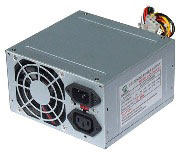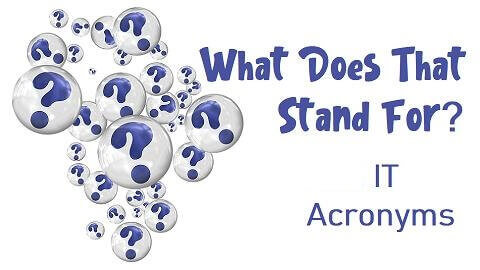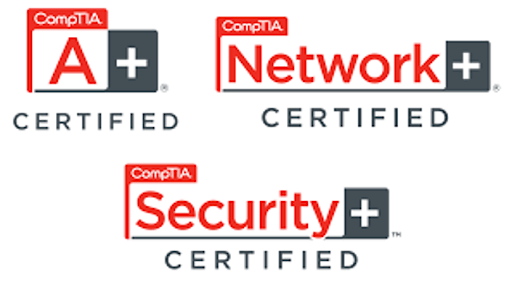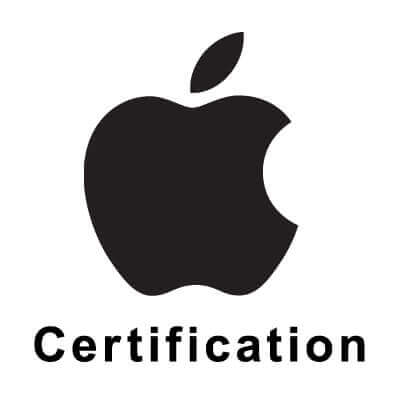Definition of microphone
A microphone, mike, or simply mic, is an acoustic-to-electric transducer or sensor that converts sound into an electrical signal. Microphones are transducers that detect sound waves and produce an electrical image of the sound; they create a voltage or a current proportional to the sound signal. Telephones and radio transmitters used them. Today, they have developed through some major changes in quality.
How do microphones work?
A microphone converts sound into a small electrical current. When you speak, sound waves created by your voice carry energy toward the microphone. Inside the microphone, sound waves hit a diaphragm that vibrates, moving a magnet near a coil. In some designs, the coil moves within a magnet. The magnet produces a magnetic field that cuts through the coil. As the coil moves back and forth through the magnetic field, an electric current flow through it. The electric current flows out from the microphone to an amplifier or sound recording device....





